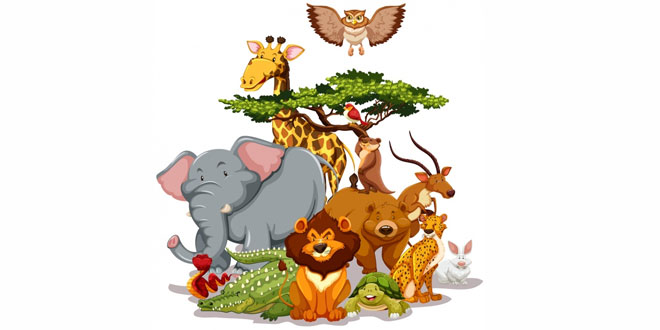Question: How do snakes move?
Answer: They move on their bellies and scale. They move waving their flexible backbone.
Question: List out the functions of the human skeleton.
Answer: Some functions of human skeleton are:
- It helps in the movement of various body parts.
- It provides shape and support to the body.
- It protects soft internal organs.
- Bones are filled with marrow which produces blood cells.
Question: Write a short note on cartilage.
Answer: Cartilage makes the and of bones smooth reduces fraction. A through elastic tissue is known as cartilage. Cartilage is present in many other parts of the body. We can feel cartilage in upper part of the ear and the front of the nose. These part are not hard as bones.
Question: What are x-rays? Who discovered them?
Answer: X-rays are electromagnetic rays that can through our tissues but cannot pass through our bones. They were discovered by a German physicist with conard Roentgen.
Question: What is a tissue? Give two examples.
Answer: A group of cells, performing a special job in the body is called a tissue. For Eg- bones, blood etc.
Question: Name the main organs in the digestive system. What is the main function of this system?
Answer: The main organs in the digestive system are teeth, food pipe, stomach, small and large intestine. The main function digests and absorbs nutrients necessary for growth and maintenance of the body.
Question: What is a bone marrow? What is its main function?
Answer: The soft, inside portion of a bone is called bone marrow. The main function of the bone marrow is that they make red blood cells which is required by our body.
Question: What are the functions of spine?
Answer: The functions of spine are:
- To allow movement and flexibility.
- To support our body frame in an upright position.
- To provide protection of spinal cord and nerves.
Question: Name three of skeletons that living organisms have. Give one example of each.
Answer: The three types of skeleton are:
- Hydrostatic skeleton: For Eg- jellyfish, earthworm.
- Endoskeleton: cuttlefish, star fish, human, dogs.
- Exoskeleton: Insets, crab, spider.
 Class Notes NCERT Solutions for CBSE Students
Class Notes NCERT Solutions for CBSE Students



